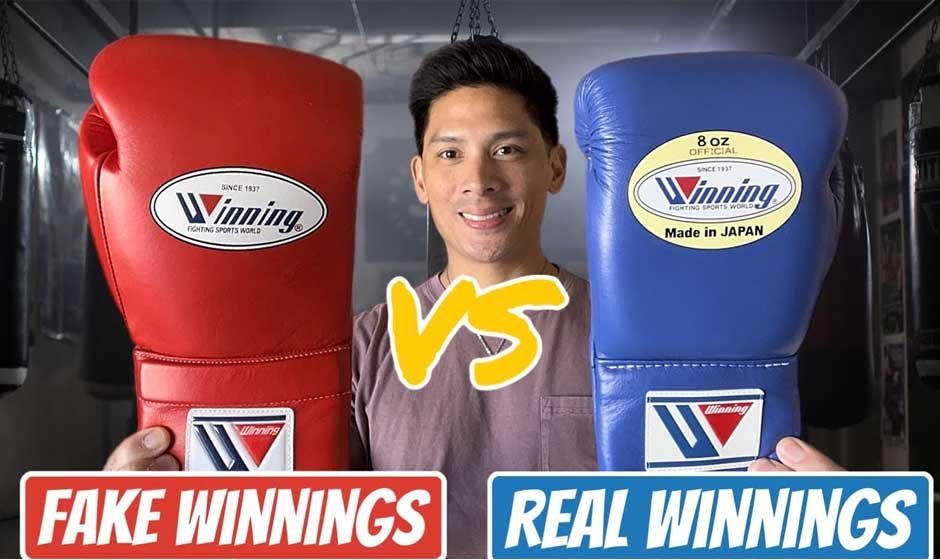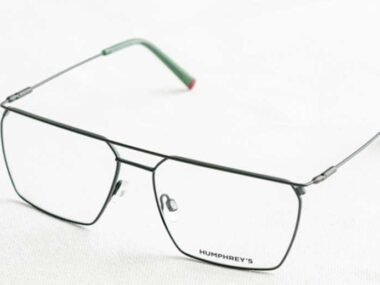Due to advancements in production technology, markets have often become saturated with fake sports apparel. Although some people may be aware that they are not buying an official product, others may not.
Thankfully, there are ways to determine if you are about to purchase a real or fake item.
Price
Price is a common giveaway as to whether or not you are buying an official piece of merchandise.
For example, a brand new official shirt usually costs from £60 to over £100, whereas fake items will cost much less than this.
Official Tags & Product Codes
Leading manufacturers now include unique product codes on each piece of merchandise that they make, and these codes can be checked to prove the authenticity of an item.
- Look for a small tag somewhere inside of the garment, as this will state 6 digits followed by a range of other characters that can be entered into a search engine to see if the garment is real.
- Some brands may include QR codes on their labels that can be scanned to check authenticity, but these tags and codes may not be present on retro items.
Additionally, fashion brands now also use holographic stickers, labels and tags, which can be harder to replicate on fake items.
Details
The accuracy and finish of various details on a garment can be a key indicator of authenticity. This can include:
- Badges– compare the badge, logo or emblem to an image of the original. You may notice slight differences in colour, spacing or see typos in any text.
- Labels– compare the labels of the item to those in another product that you are certain is real. Check if there are any differences in the codes, spacing, layout or colours.
- Printing/Pattern– poor heat or pattern printing can suggest that an item is not genuine. Sponsor or player name printing may be incorrect, and other patterns may be more bold than they are on the original item.
- Material– the material used for manufacturing a garment can sometimes be the most expensive part of the process, so individuals making copies may use cheaper materials to avoid a high production cost. A counterfeit may feel thinner, shinier or it may look more sheer when held up to light, and they can have a chemical smell.
- Stitching– turn the item inside out and check for messy stitching along hems, joins or badges. Manufacturers of genuine items tend to have strict quality control standards that would not allow for poor stitching.
- Care Labels– Certain fakes may not actually have wash labels inside the shirt, but this is not a reliable indicator as player issue shirts can also lack wash labels. Pen marks or written numbers on the care labels can also suggest an item is fake, as this is a method used by counterfeit manufacturers when they are counting the number of items produced.
Terminology
Sports teams and clubs can sometimes release several versions of an item, which can make it difficult to understand if you are buying the real thing. Counterfeit sellers can describe their products as ‘replicas’ in an attempt to confuse potential buyers. When used by official manufacturers, a ‘replica’ describes the standard fan version of a product, and higher quality version may be referred to as a ‘player issue’ item.
This can particularly be a problem with retro shirts, as their increase in value has led to scammers trying to profit by producing fakes alongside official retro remakes. Counterfeiters may also misuse ‘retro’ and ‘vintage’ when describing their products. Retro and vintage are not actually interchangeable, as vintage refers to a genuine product from the time stated, and retro refers to a product that is a modern remake of an original item. Due to this, vintage products are genuine, but more rare.
Retailer
Buying from an official supplier is the only way to be certain that you are going to receive a genuine item.
Reselling websites such as Depop and eBay offer a wide range of sports gear for sale, but the only indicators of authenticity are feedback or reviews, which may not always be accurate.
Street sellers or low priced merchandise from unofficial suppliers are also common indicators that you are going to be buying counterfeit merchandise.
Packaging
Genuine products will be packaged in branded packaging, whereas fake products tend to be contained in generic or poorly printed materials.
Similarly to product labels, the packaging of authentic products often has QR codes or serial numbers that can be used to verify the item on the manufacturer’s website.
As well as this, genuine items are more likely to come well-wrapped and well-protected in high quality postal packaging, whereas fake items may be sent in poorly protected packages which could lead to them appearing damaged.
Tags
If an item has a swing tag attached to it, this does not necessarily mean that it is a genuine item.
Check the tag to see if there is a unique product code sticker (a barcode), and the same code should not look as though it was pre-printed to stick on each tag. The tag should also have wording that directly correlates to the product, as generic text can suggest an item is counterfeit.
Logo
When trying to distinguish if an item is fake, check for any embroidered logos.
Embroidered logos are hard to replicate exactly, so you may notice that letters are joined together in the stitching or the thickness is different. Counterfeit manufacturers do try to get around this by using heat applied badges instead.
Check the font used in any club logos or text, as some clubs have their own special or personalised fonts that they used, whereas fake items may use generic fonts.
Overall, the best way to ensure that you are receiving genuine sports merchandise or equipment is to purchase from an official retailer or directly from the manufacturer (e.g. Adidas).
Counterfeit merchandise can be poor quality and fail to last as long as the real item, and fake products can devalue genuine items. Even if you manage to find a good quality counterfeit, it is unlikely that it will be exactly the same as the original or official product.










